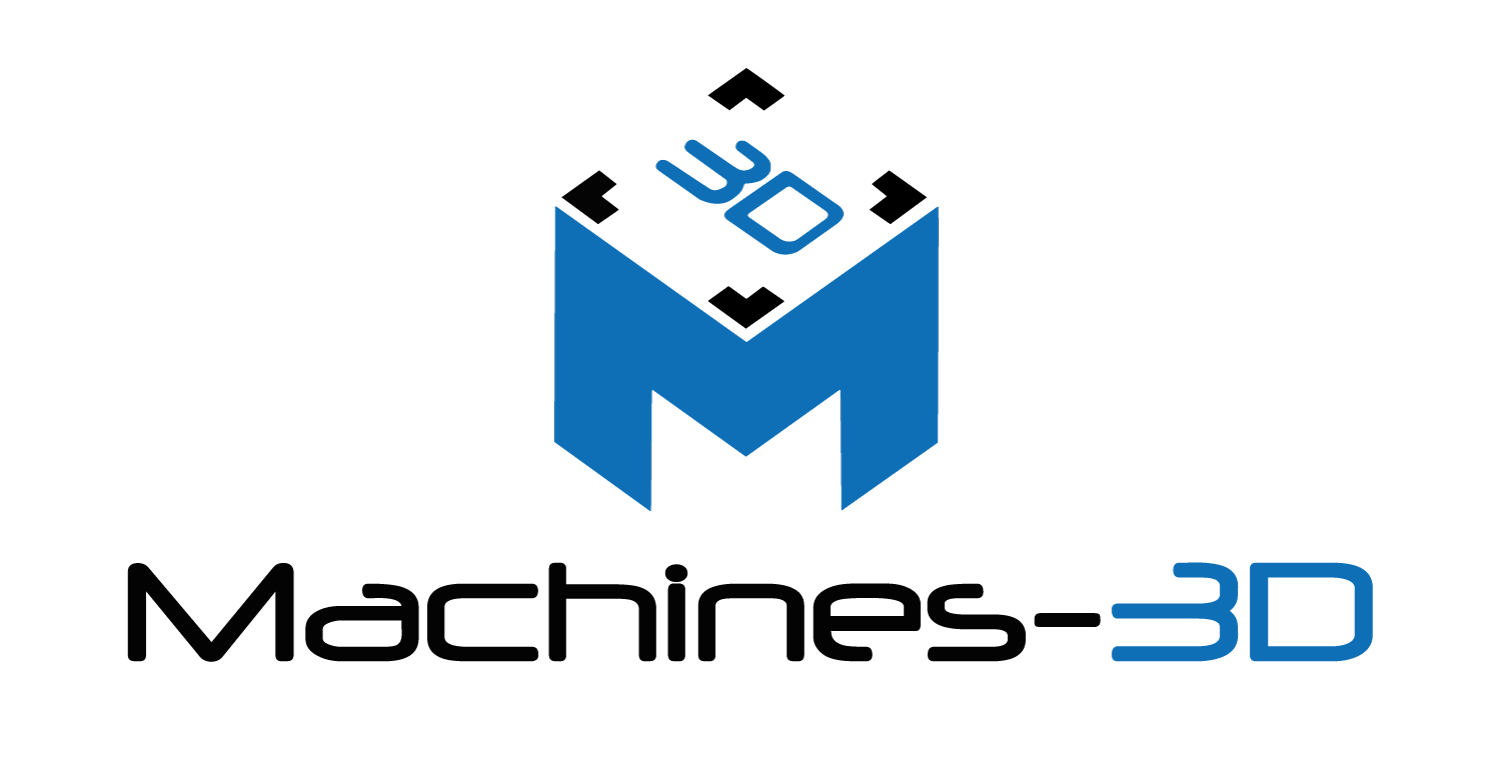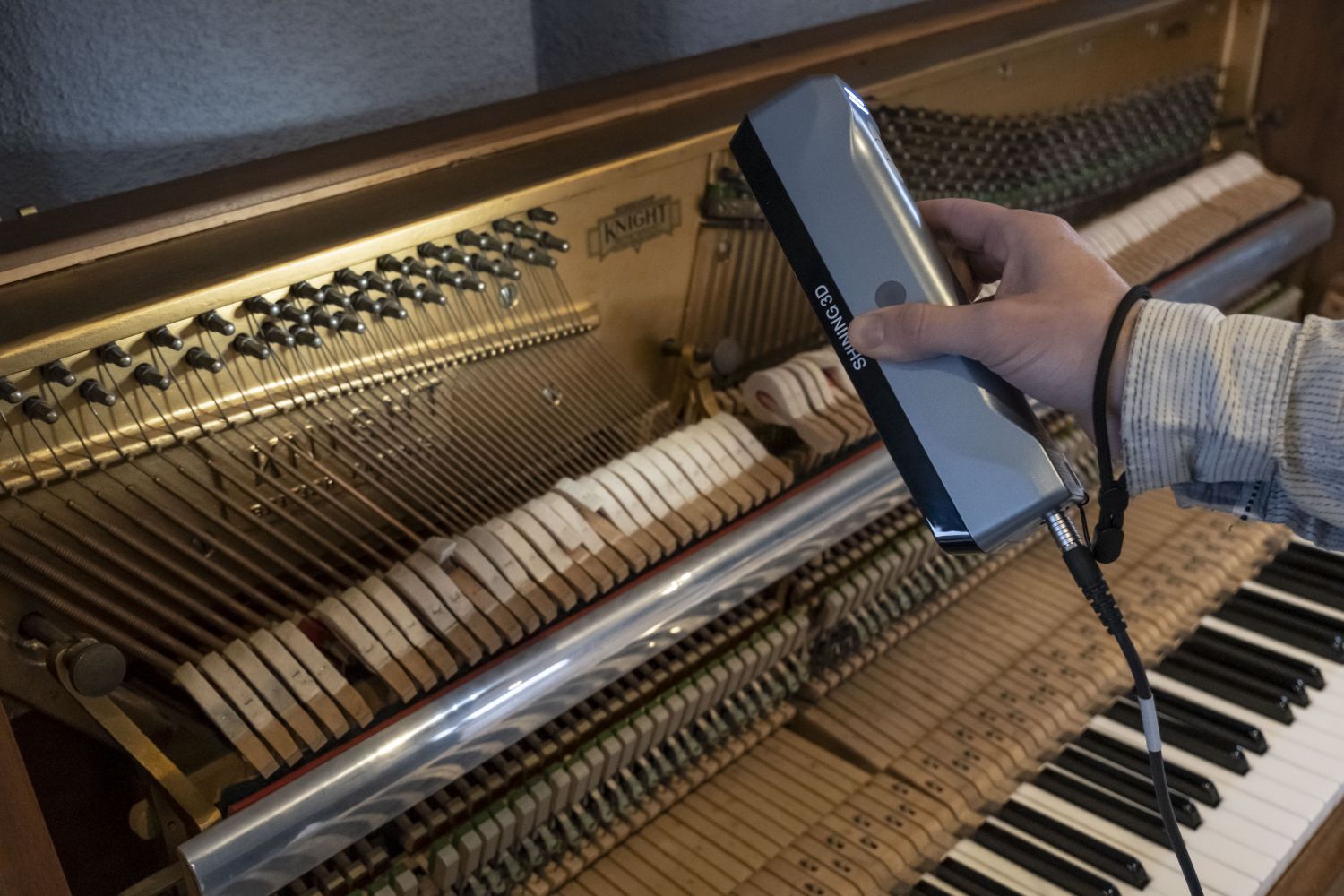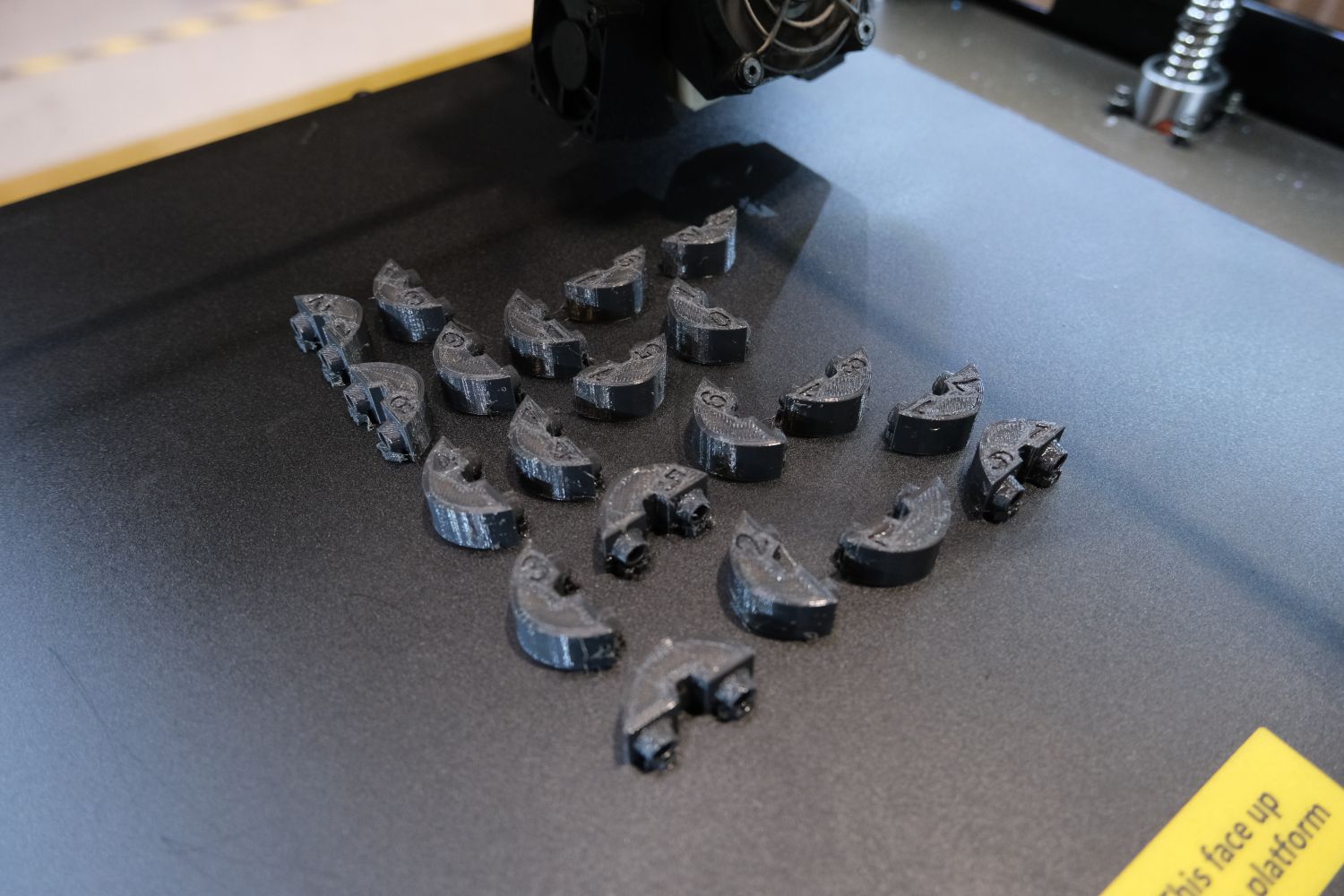Repairing a piano using 3D scanning and 3D printing
Pianos Mondy x Machines-3D


This is an opportunity for us to present to you one of our most innovative projects of the year 2022. This involves replacing worn mechanical parts of a piano with new 3D printed parts.

Piano Knight of the Citadelle des Savoir-Faire
This collaborative Research and Development project between Pianos Mondy and Machines-3D aims to replace the worn mechanism found in a piano with three-dimensional technologies. Pianos Mondy is a company located in Châtelet in Belgium offering for more than 20 years, maintenance, repair, restoration as well as the purchase, sale and rental of pianos. If some craftsmen practice their art as a hobby, out of passion, some of them make it their profession like Laurent Mondy, piano technician. Laurent studied at the Royal Conservatory of Mons and then continued to train in a piano repair and restoration workshop. At the same time, he also completed a study cycle in piano making at the European Technological Institute for Music Professions in Le Mans. After these experiences, he finally created his own restoration workshop with a showroom.
"The hammers wear out as they are used. In public schools, they are never replaced because it is too expensive and the time required to replace them is very long and tedious (tension of the felt , staple, ...). After a while, the sound is degraded."
Laurent Mondy, founder of Pianos Mondy
The mechanism with which a pianist generates sounds on a piano is based on a very simple principle. One string per key is stretched inside the piano. Pressing a key triggers a mechanism in which a hammer attached to a handle strikes the corresponding string. On classically made pianos, the fixed parts of this mechanism are made of beech. But the mechanics as such are also very complex and change according to the environment in which the instrument is located (humidity, temperature). The keys can then block since the wood swells. The piano must therefore be tuned and maintained regularly. Reason enough for Laurent Mondy to review this mechanism. Unlike wood, 3D printed parts are very easy to make and degrade very little over time. This solution represents a real time saving and ensures the durability of the parts.
This is why Laurent Mondy turned to our company specializing in the additive manufacturing industry since 2013.
The project is currently underway on a piano at the Citadelle des Savoir-Faire, where the Machines-3D premises are located. With the help of the Shining 3D Einstar and Einscan SP scanners, the worn parts of this piano, which are difficult to replace due to their manufacturing complexity, are digitized so that they can be reproduced using 3D printing.
Chosen for its maneuverability, the Einstar is used to scan the position of hammers and strings on the piano. Indeed, this multifunctional and affordable 3D scanner is equipped with 3 VCSEL infrared projectors, 2 stereo depth cameras and an RGB camera. The Einstar can thus capture clear scan data in true color and also generate stable outputs outdoors. It offers a flexible working distance for small and large objects and makes high-quality 3D data available to everyone. This scanner supports multiple data format outputs, directly compatible with 3D printers and 3D design software.
The Einscan SP, on the other hand, precisely digitizes the structure of the part. This fixed 3D scanner allows you to scan mechanical and organic parts with an accuracy of more than 50 microns (0.05mm). It has a sharpness certified by a serious process of precision calibration as well as a quality of execution prodigiously fast. With all these innovative processes, this machine is made to make high resolution 3D modeling accessible to professionals and to meet all the requirements for high skill 3D modeling.
First 3D printed hammer
Each hammer must be scanned because their shape, weight and density are dissimilar. This process allows the piano keys to produce different sounds. Regarding the felt, it is replaced by materials such as PLA or ABS, a silicone paw is then placed on it and becomes impregnated with the shape of the strings.

FDM printing of the head of the hammers
The hammer prototypes are then printed with the Raise3D Pro2 3D printer in the Pianos Mondy workshop using the FDM process, a technology that consists of depositing molten wire layer by layer from a 3D model. To then be assembled manually by Laurent.
The cooperation between Pianos Mondy and the Machines-3D team is being finalized and is progressing gradually. The new 3D printed parts of the mechanics of the hammers are very resistant to wear and the mechanics should remain uniform for a long time. 3D printing also makes it possible to quickly produce identical parts. Regular adjustments to avoid sound defects can thus be reduced to a minimum. The new system is also establishing itself in practice. After an initial adaptation phase, they are able to produce more power with less force and create a completely new bond with their instrument. This project will make it possible to offer repairs at a more affordable price with better control of the time spent on the piano.
 N°1 European E-Shop for 3D Printing and scanning
N°1 European E-Shop for 3D Printing and scanning N°1 European E-Shop for 3D Printing and scanning
N°1 European E-Shop for 3D Printing and scanning